Photos Of China Before Its Communist Transformation
China used to look incredibly different than the images we have become so accustomed to seeing. Before it became a communist nation, during the Qing dynasty, Chinese culture and society differed completely from what we see today.
A century ago, China was not a metropolis place with large industrial centers. In fact, it was a different world entirely.Read below to view photos of China before the fall of the Qing dynasty in 1912.
A Traditional Pagoda
This pagoda is today known as the Jinshan Temple. This photo was taken in 1871 in Hontang on an island in the River Min. Though the monks that live there today use laptops, the isolated nature of this temple helped it preserve many ancient writings.
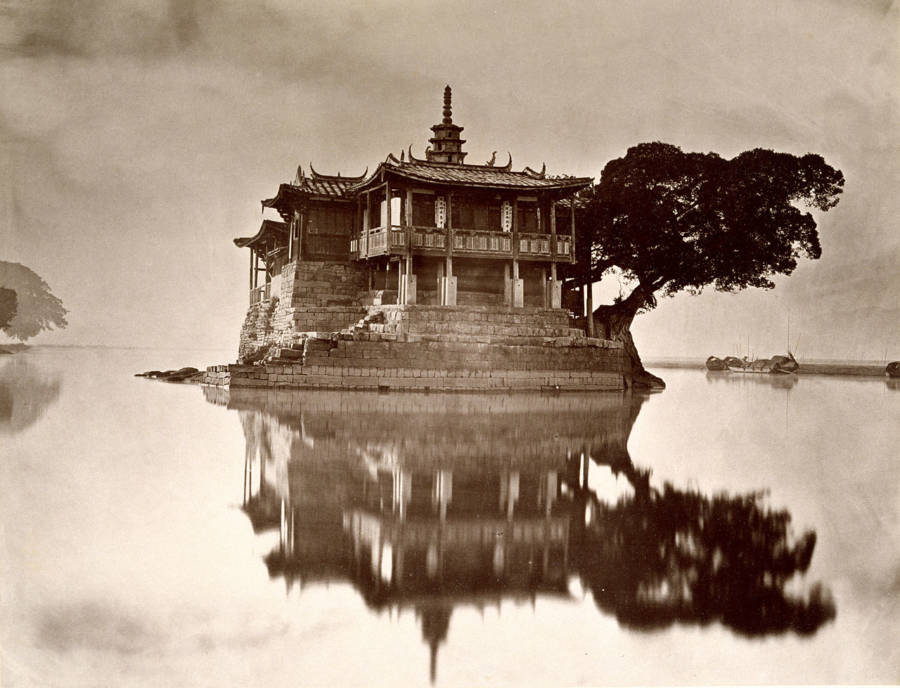
Some say pagoda roofs were curved in order to ward off evil spirits. But in truth, it was to let more light in through the windows and allow for extra shade.
Walk a Mile for a Camel
This photo was taken in Beijing in 1901. Today, if you went to Beijing it would be very unlikely to see a camel outside of the zoo! These are Bactrian camels, which have two humps unlike their one humped cousin, the dromedary. One appears to be muzzled. Was he spitting on people?
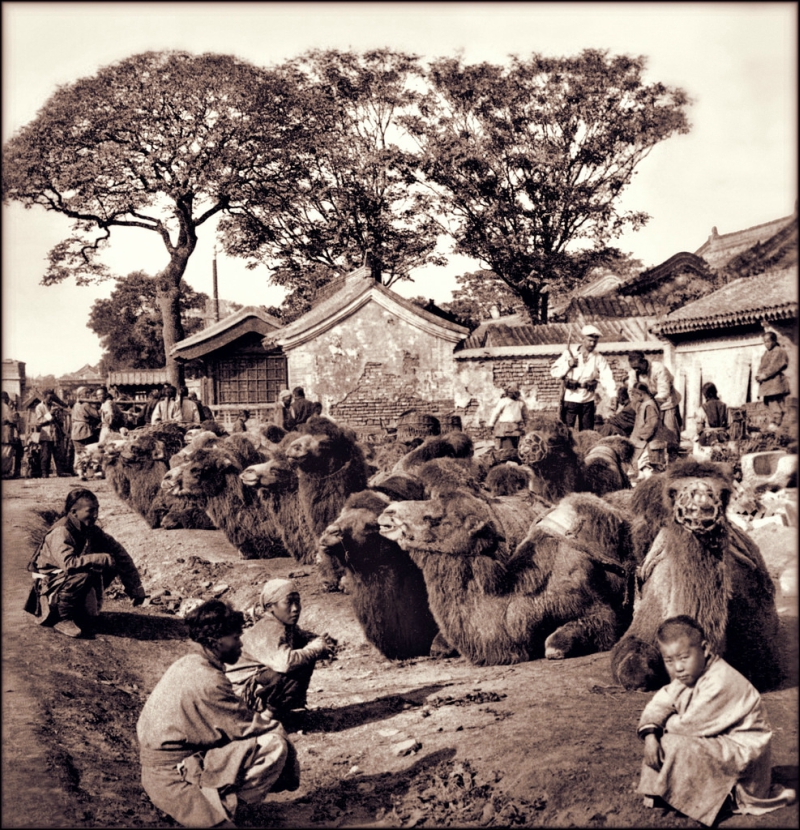
The Bactrian camel is an adaptable mammal that can survive extreme temperatures. Nomadic people of Asia would use them for wool, meat and milk as well as a means of transportation. Sadly, these lovely animals are now critically endangered. (The camels, not the people.)
A Perfect Bride
This bride had her portrait taken in Beijing in 1867. You can’t tell from this black and white image, but a traditional bride in pre communist china would dress in red and gold, the colors of joy and prosperity. Her wedding date would be selected based on her and her husband’s zodiac signs and whether or not a death festival was in that month.

The modern Chinese bride may follow some old cultural traditions. Some modern Chinese brides may prefer the white gown of Western tradition. Some still associate white with being in mourning, and not a good wedding color.
China's Last Empress
On November 29, 1835, a 16 year old girl named Yehenara joined the harem of Emperor Xianfeng. She soon became his favorite, earning the title of “Empress of the Western Palace”. Today, she is known as Cixi. On Xianfeng’s death, Cixi ruled China as empress until her son Tongzhi came of age.
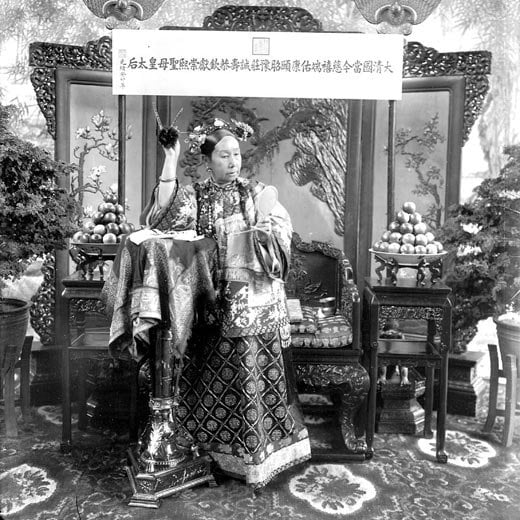
Tongzhi would die of either smallpox or syphilis at 19, leaving his mother in charge of China again until her death in 1908. Here, the elaborately dressed empress poses in her throne room.
Chinese Soldier Guarding American Airplanes
Before the Chinese Revolution of 1949, China was America’s ally during World War II. This Chinese soldier does his part for the War effort by guarding a fleet of Curtiss P-40 Warhawks. China had already been at war with Japan when WWII started, making them a valued asset to the Allies.
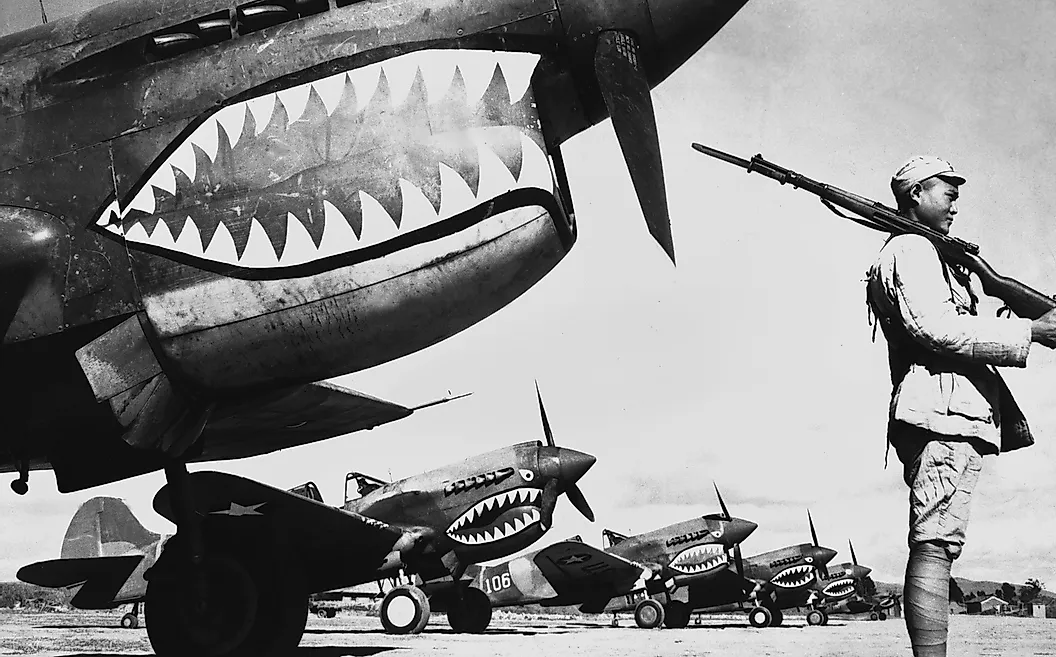
Unfortunately, due to a lack of resources on China’s part, an attitude of “Europe First” and Stalin generally being a prima donna, China did not get the recognition it deserved for its role in World War II.
Sacrifices for Beauty
This was taken in 1934 in a theater school in Beijing. It looks like they are standing en pointe for ballet, but the truth is these would be opera stars had their feet broken and bound into the “lotus foot” formation. The mutilation meant walking had to be done in careful, mincing steps that put strain on the thighs and buttocks.
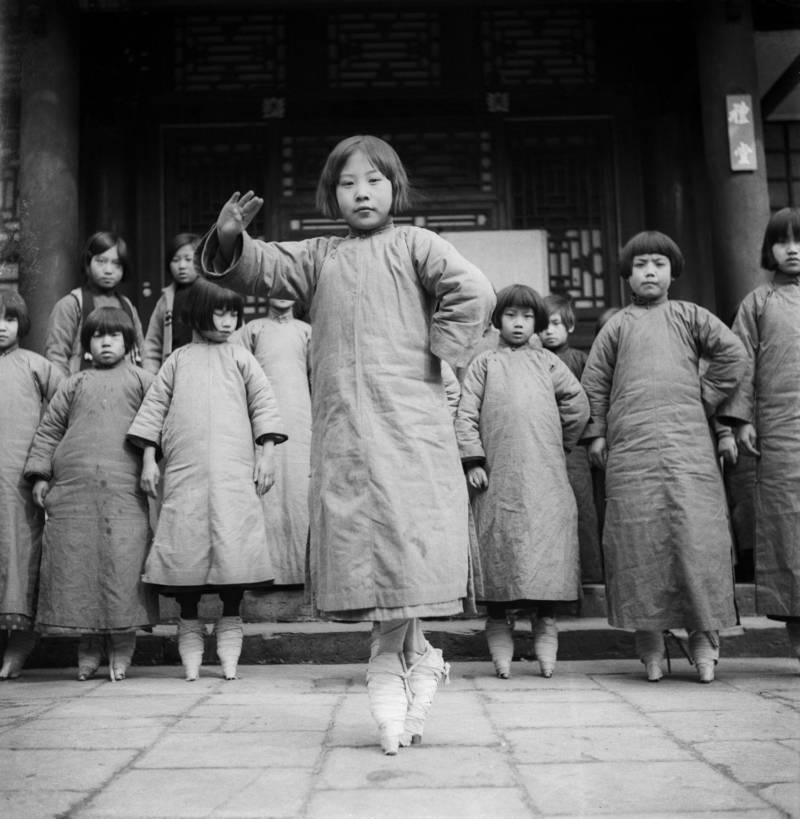
As if walking in lotus feet was not hard enough, these young girls would have to dance with them, eventually while wearing elaborate ten kilogram costumes and ornate headdresses. Singing and acrobatics would also be taught to girls who would start training as young as nine years old.
All the Tea in China
This was taken in Sichuan in 1908. The men carrying this tea are stronger than they look. These blocks of tea weigh more than 300 pounds and the men would carry them 112 miles on foot, delivering them to customers. One unseen man has added a broad brimmed hat to his load.
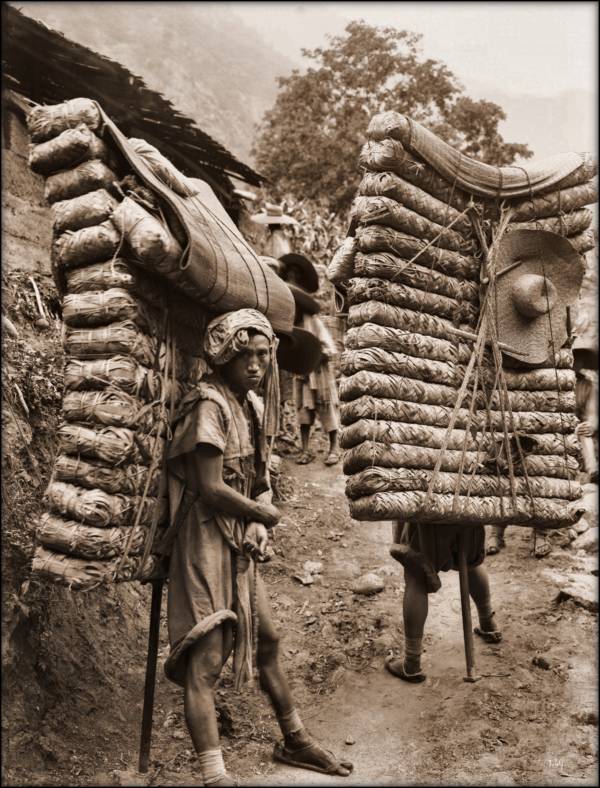
In the Qing dynasty as now, the Chinese preferred their tea made from steeped leaves. People of all social classes enjoyed tea both as a refreshing beverage and for medicinal purposes.
Profile of an Elaborate Hairdo
This aged woman who had her photo taken in 1869 stands in profile so that we can get a look at her elaborately styled traditional hair do. This particular style is most likely San Liu Tou, a style that began in the Tang and Song dynasties and flourished in the Ming dynasty. It may still be seen sometimes at special occasions.
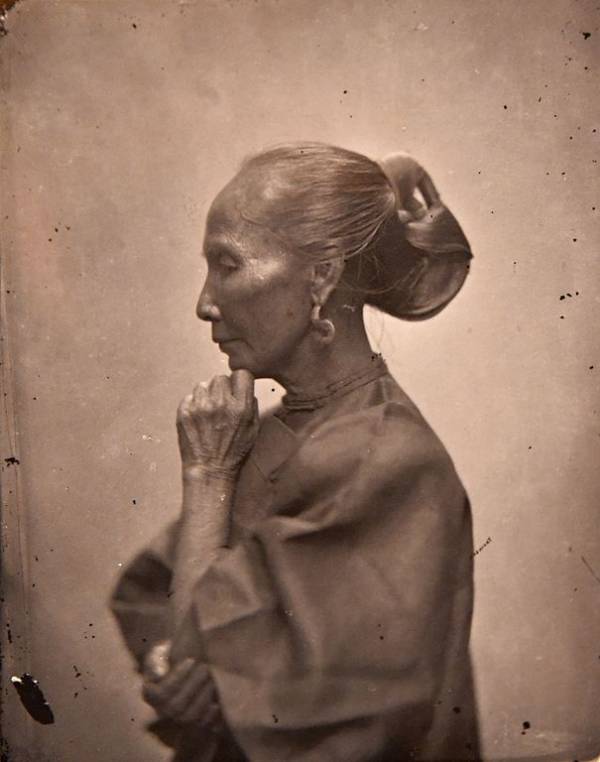
Hair has long been a source of pride for Chinese women. In the past, a hairstyle indicated the woman’s rank and social status.
Lunch Hour
This photo was taken in 1919 of a group of men eating noodles purchased from a street vendor in Guangzhou. Then, as now, street food was enjoyed as a quick way to get a midday meal as a tasty break from a day’s work.
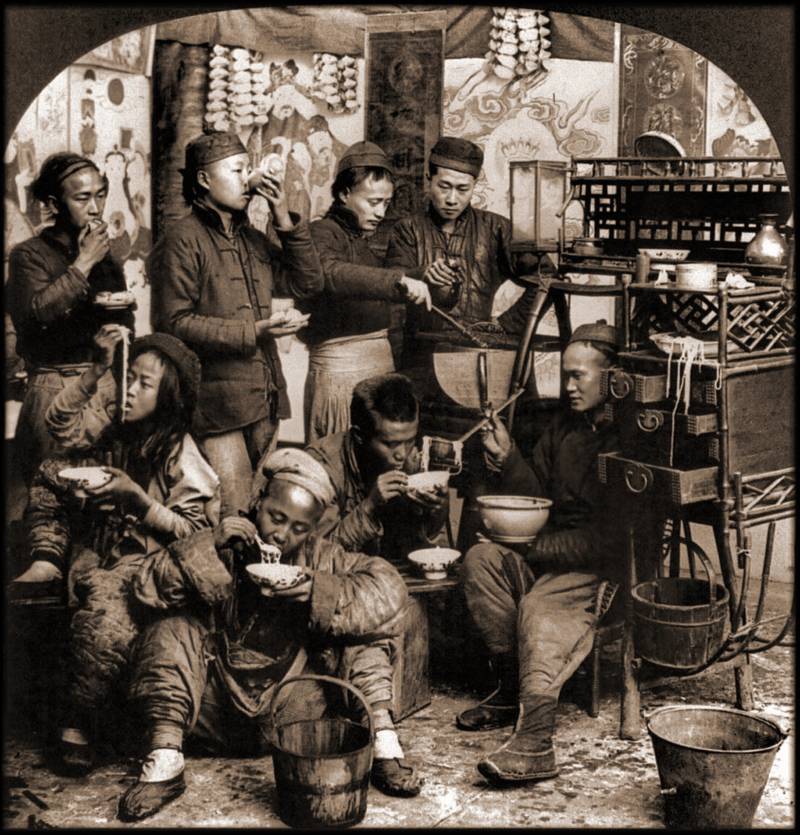
Noodles are a staple of Chinese cuisine, having been around for more than 4000 years. As you can see from one young man holding a noodle aloft, long noodles were preferred. The people of northern China like their noodles tough and chewy. In a southern city like Guangzhou, more emphasis is on seasoning.
